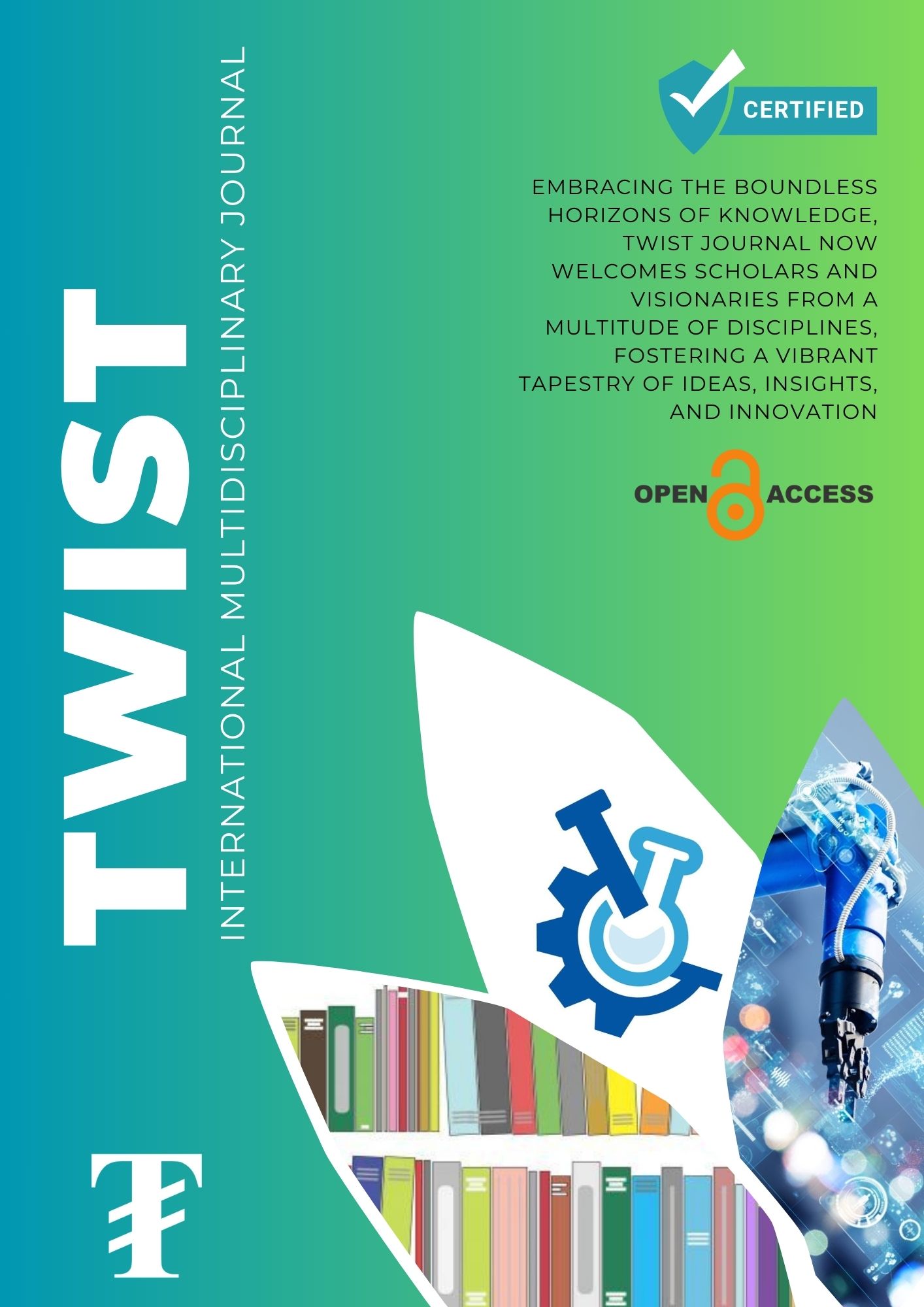Water Supply Infrastructure Resilience in the Wake of Rapid Population Growth in Urban Areas
A Case Study of Norton Town Council, Zimbabwe
Keywords:
Infrastructure resilience, population growth, sustainable development, water demand, water supplyAbstract
Rapid increase in urban population poses a precarious challenge to the available water supply infrastructure most especially in developing nations including Zimbabwe. The study investigates the resilience of water service delivery Norton Town Council in Zimbabwe. An increasing gap between water demand and supply is witnessed owing to urban expansion, obsolete infrastructure, climate change, financial constraints, personnel incapacity and weak governance frameworks have exacerbated the problem resulting in poor and unsustainable water supply. These challenges undermine socio-economic development and sustainability. The study used qualitative research methodology using key informant interviews and a case study design. The findings highlight that the Town Council is drastically failing to balance demand and supply because of population and the outdated infrastructure system. Critical factors affecting water supply resilience include population growth, urban expansion, dilapidated infrastructure system, financial incapacity, climate change, institutional and governance inefficiency. The study thus proposed strategies for Norton Town Council to implement towards attaining infrastructure resilience emphasizing infrastructure development and maintenance, improved stakeholder engagement and responsive financial reforms. Likewise, climate change adaptability, strengthening institutional capacity and adopting innovative technologies in water management will guarantee water supply infrastructure resilience.
Downloads
Downloads
Published
Issue
Section
License
Copyright (c) 2025 TWIST

This work is licensed under a Creative Commons Attribution-NonCommercial-ShareAlike 4.0 International License.











